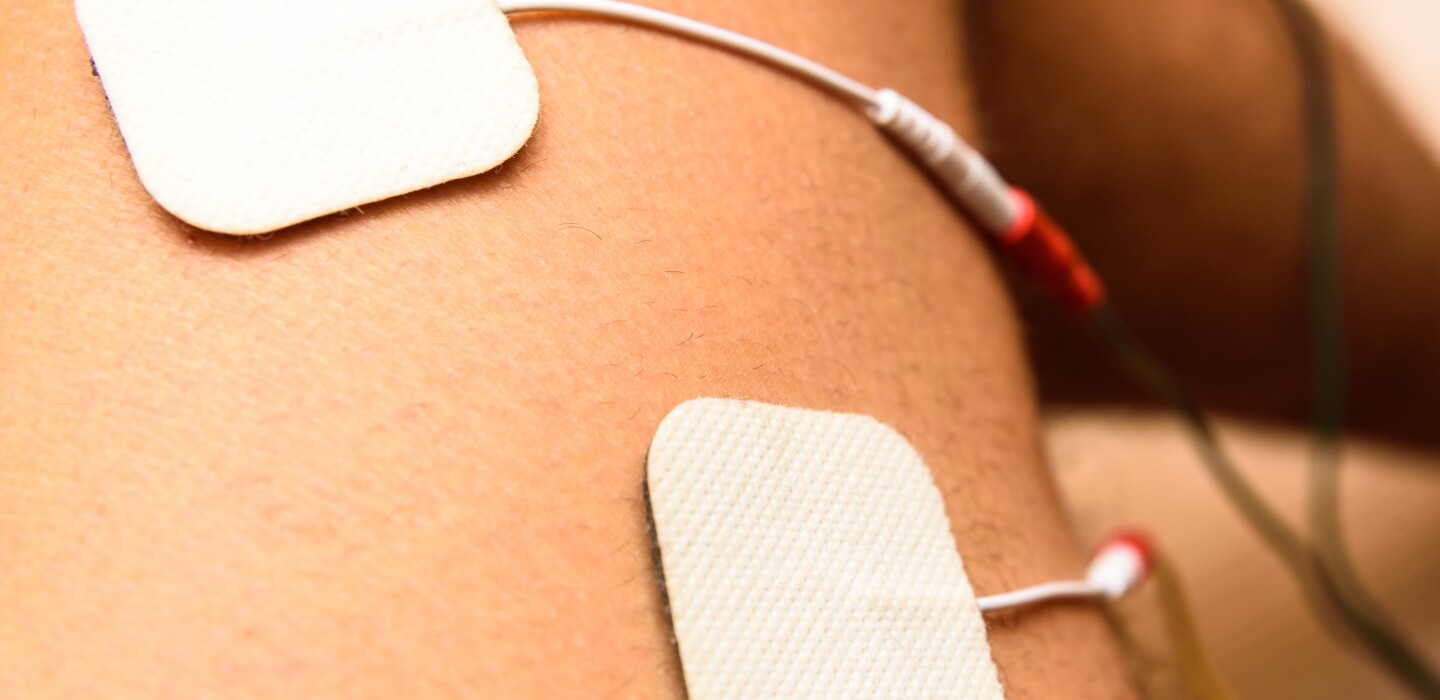
Software, Volunteers Bridge the Gap for Iowa First Responders
Atlantic City, Iowa, in Cass County, is located halfway between Des Moines and Omaha, Neb., which is to say there is a lot of open space there.
And that’s a problem when it comes to law enforcement, fire and EMS responding to 911 calls. For EMS, it takes an average of 32 minutes for an ambulance — there is one full-time ambulance service — to get to a call. But a pilot program is showing promise in getting help to some of those calls within five minutes.
The Iowa United First Aid program enlists volunteers who are on standby and equipped with basic first aid gear to help on EMS calls, like heart attacks, lacerations, falls and the like. The volunteers are plugged into a software program called Symphia NowForce, which works through the county’s 911 system and filters the calls that aren’t serious enough to need immediate attention from police, fire or EMS.
“With NowForce, we can add and subtract certain calls,” said Erik Johnson, Cass County program coordinator. “They’re not going to motor vehicle accidents or domestic violence or fight calls. Grandma or Grandpa falls down, they live alone, that’s when these volunteers show up and reassure these individuals that help is on the way.”
The 18 volunteers each have completed a training course, which takes about eight hours, and are equipped with a go bag that includes AEDs and stop-the-bleed kits. When a call comes into 911 it is run through a computer-aided dispatch system and the calls are filtered to notify a volunteer in proximity to the 911 caller.
Johnson monitors the calls through Google Maps. His volunteers show up as little people icons and he sees who responds to a 911 call and tracks their progress to and from a location.
The volunteer, through their cellphone, fills out the questionnaire with information such as the nature of the injury, the equipment used in treating the injury and a narrative of the incident.
Cass County is one of three counties, including Van Buren and Calhoun, taking part in the pilot.
“Since we started, I can’t really say that it’s been life saving,” Johnson said. “But it’s impacted lives because these individuals don’t have to wait for a call, someone is there between three and five minutes, depending on where they are.”
The key, Johnson said, is the availability of the volunteers. “These individuals are out on the roads, are retired at home, at the grocery store, they pass by an incident, and they can turn around and respond. They can respond to their neighbors.”


Average Rating